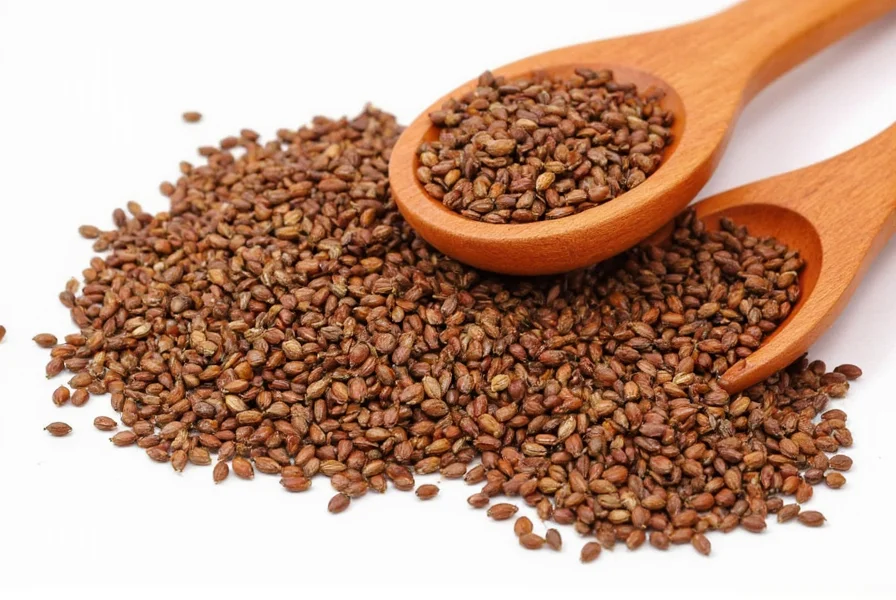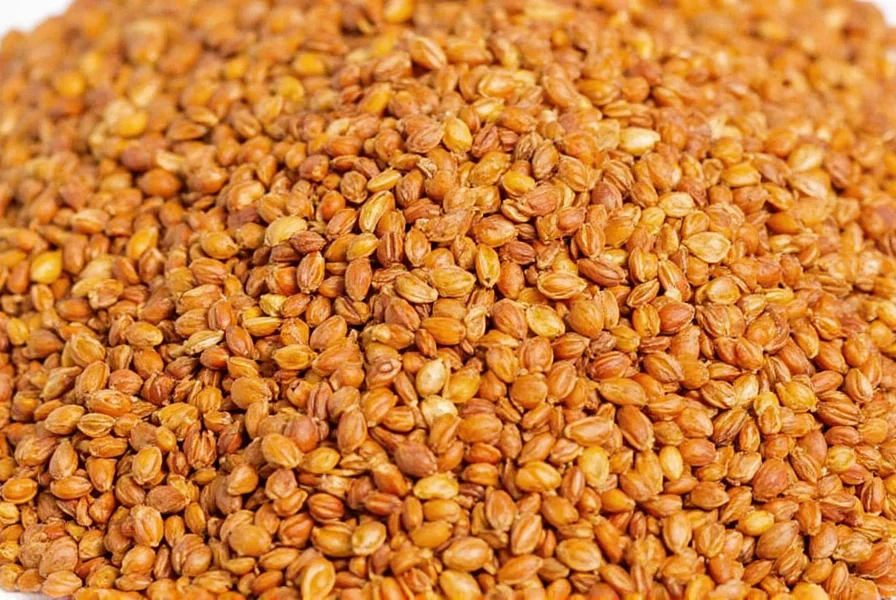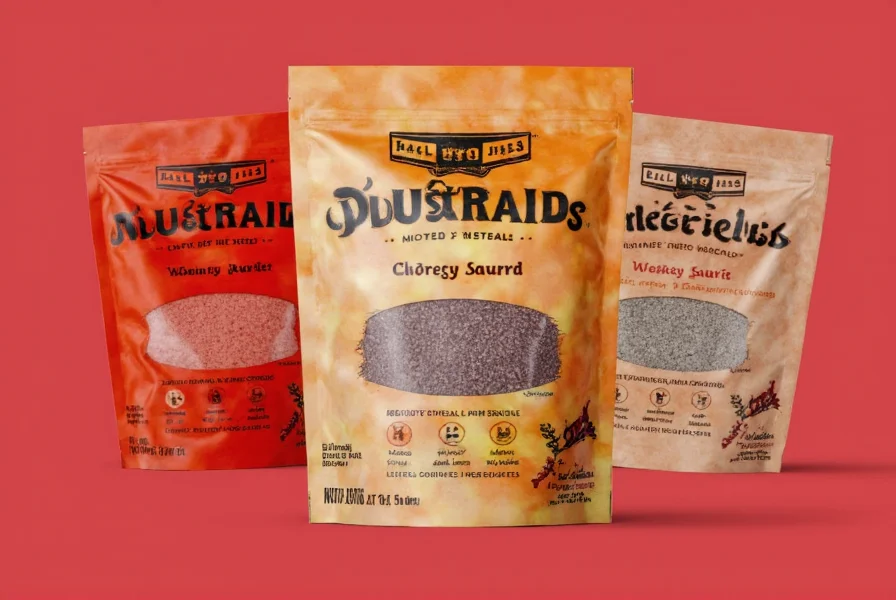Spices are the unsung heroes of cooking, transforming simple ingredients into mouthwatering masterpieces. Among the many spices that grace our kitchens, mustard seeds hold a special place—especially for those who love bold flavors and a little heat. But what exactly are mustard seeds? How do they differ from other seeds like cumin? And why should you care?
Table of Contents
- What Are Mustard Seeds?
- Flavor Profile and Culinary Use
- Practical Tips for Using Mustard Seeds
- Buying Guide: How to Choose the Best Mustard Seeds
- Culinary Creations with Mustard Seeds
- Frequently Asked Questions
- Conclusion
What Are Mustard Seeds?
Mustard seeds come from the mustard plant (Brassica species), which also produces mustard greens (the leafy vegetable). However, the seeds and leaves are different parts of the plant with distinct culinary uses. Mustard seeds are small, round seeds that come in different colors—yellow, black, and brown. They've been used in cooking for thousands of years and are native to regions including the Indian subcontinent and Europe. Despite their name, they're not related to the green, leafy vegetable we call mustard; instead, they're the tiny, pungent seeds that give Indian curries, pickles, and chutneys their distinctive kick.
Though similar in appearance to regular mustard seeds, mustard seeds have a more intense flavor profile. They're often used whole in tempering (tadka) or ground into pastes for sauces and marinades. Their versatility makes them a staple in many spice cabinets.
Flavor Profile and Culinary Use

| Cooking Method | Flavor Impact | Best Uses |
|---|---|---|
| Tempering | Earthy, Spicy | Curries, dal, stir-fries |
| Roasting | Nutty, Toasted | Pickles, chutneys, breads |
| Grinding | Peppery, Sharp | Sauces, dressings, marinades |
In Indian cuisine, mustard seeds are often used in tempering, where they're heated in oil or ghee and then added to a dish. This method brings out their full flavor. In Western recipes, they're sometimes used in homemade mustard or as a crunchy topping on breads and salads.
Practical Tips for Using Mustard Seeds

If you're new to mustard seeds, here are some practical tips to help you get the most out of them:
- Toast before using: Toasting mustard seeds in a dry pan or oil enhances their flavor and releases their essential oils.
- Use in moderation: These seeds are potent, so a little goes a long way. Start with a teaspoon and adjust to taste.
- Pair with strong flavors: Mustard seeds work best with rich, savory dishes. They complement lentils, vegetables, and meats beautifully.
- Experiment with grinding: Grinding mustard seeds into a paste adds a sharp, spicy note to sauces and dressings.
- Store properly: Keep mustard seeds in an airtight container in a cool, dark place. They can last up to a year if stored correctly.
Mustard seeds are a great example of how a single ingredient can elevate an entire dish. Whether you're making a traditional Indian curry or experimenting with fusion cuisine, these seeds are worth adding to your spice collection.
Buying Guide: How to Choose the Best Mustard Seeds

When it comes to purchasing mustard seeds, there are several factors to consider. Here's a guide to help you choose the best ones for your needs:
Types of Mustard Seeds
- Yellow Mustard Seeds: The most common type, used widely in Indian cooking. They have a mild, nutty flavor.
- Black Mustard Seeds: Slightly hotter and more pungent. Ideal for tempering and pickling.
- Brown Mustard Seeds: A hybrid of yellow and black, offering a balance between the two.
Key Features to Look For
- Freshness: Look for seeds that are bright in color and free from mold or moisture.
- Source: Organic, non-GMO options are preferable for health-conscious cooks.
- Origin: Indian varieties tend to be more aromatic and flavorful than imported ones.
Recommended Products
Here are a few top-rated mustard seed products that you might want to try:
- Organic Mustard Seeds (Yellow): Great for tempering and pickling. Ideal for home cooks looking for a natural option.
- Black Mustard Seed Mix: Perfect for making homemade mustard or adding heat to curries. High quality and authentic.
- Mustard Seed Blend: A mix of yellow and black seeds for balanced flavor. Versatile for various cuisines.
Culinary Creations with Mustard Seeds
Now that you know how to use and buy mustard seeds, let's dive into some creative ways to incorporate them into your cooking:
1. Spicy Tempered Lentil Curry
A classic Indian dish that highlights the bold flavor of mustard seeds. Simply sauté them in oil, add onions, tomatoes, and lentils, and simmer to perfection.
2. Mustard Seed Pickle
Make a tangy and spicy pickle by roasting mustard seeds with garlic, ginger, and chili. This is a great accompaniment to meals or as a condiment.
3. Crispy Breadcrumbs
Toast mustard seeds and mix them with breadcrumbs for a crunchy coating on fish or chicken. The result is a deliciously spicy twist on traditional crusted dishes.
4. Homemade Mustard Sauce
Grind mustard seeds with vinegar, honey, and spices to make a rich, flavorful mustard. Perfect for sandwiches, grilled meats, or dipping sauces.
Mustard seeds are not just a spice—they're a gateway to a world of bold flavors and culinary creativity. With the right techniques and a bit of experimentation, you can unlock their full potential in your kitchen.
Frequently Asked Questions
What are mustard seeds and where do they come from?
Mustard seeds are small, round seeds from the mustard plant (Brassica species) that come in yellow, black, and brown varieties. They've been used in cooking for thousands of years and are native to regions including the Indian subcontinent and Europe. While the seeds and mustard greens (the leafy vegetable) come from the same plant, they are different parts with distinct culinary uses.
How do mustard seeds differ from mustard powder?
Mustard seeds are the whole, raw form of the spice, while mustard powder is made by grinding dried mustard seeds. Whole seeds have a more complex flavor profile and are often used in tempering, while powder dissolves more readily and is typically used in dressings and marinades. The chemical reaction that creates the pungent mustard flavor only happens when seeds are ground and mixed with liquid.
What's the best way to store mustard seeds?
Store mustard seeds in an airtight container in a cool, dark place away from heat and moisture. Properly stored, they can maintain their flavor for up to one year. For longer storage, you can keep them in the refrigerator or freezer, which helps preserve their essential oils and pungency.
Can I substitute mustard seeds if I don't have them?
While not a perfect substitute, you can use 1 teaspoon of mustard powder for every 1 tablespoon of mustard seeds called for in a recipe. For the distinctive pop and texture of whole seeds in tempering, there's no direct substitute, though some recipes might work with a small amount of cumin or fennel seeds for a different flavor profile.
What are the health benefits of mustard seeds?
Mustard seeds are rich in selenium, magnesium, calcium, and fiber. They contain omega-3 fatty acids and may help reduce inflammation, support digestion, and promote heart health when consumed as part of a balanced diet. However, they should be used in moderation due to their potent flavor and potential interactions with certain medications.
Why do mustard seeds pop when heated in oil?
Mustard seeds pop when heated because they contain moisture that turns to steam as the temperature rises. When the steam pressure becomes too great, the seed coat bursts, causing the characteristic popping sound. This is a sign that the seeds are properly tempered and ready to impart their flavor to the dish.
Conclusion
Mustard seeds may seem like a small ingredient, but their impact on flavor is huge. From their distinct taste to their versatility in cooking, these tiny seeds have earned their place in every spice lover's pantry. Whether you're a professional chef or an enthusiastic home cook, learning how to use and enjoy mustard seeds can take your cooking to the next level.
So the next time you reach for a jar of spices, don't forget to grab a handful of mustard seeds. They're the perfect addition to any meal that needs a little extra punch—and a lot of flavor.










 浙公网安备
33010002000092号
浙公网安备
33010002000092号 浙B2-20120091-4
浙B2-20120091-4